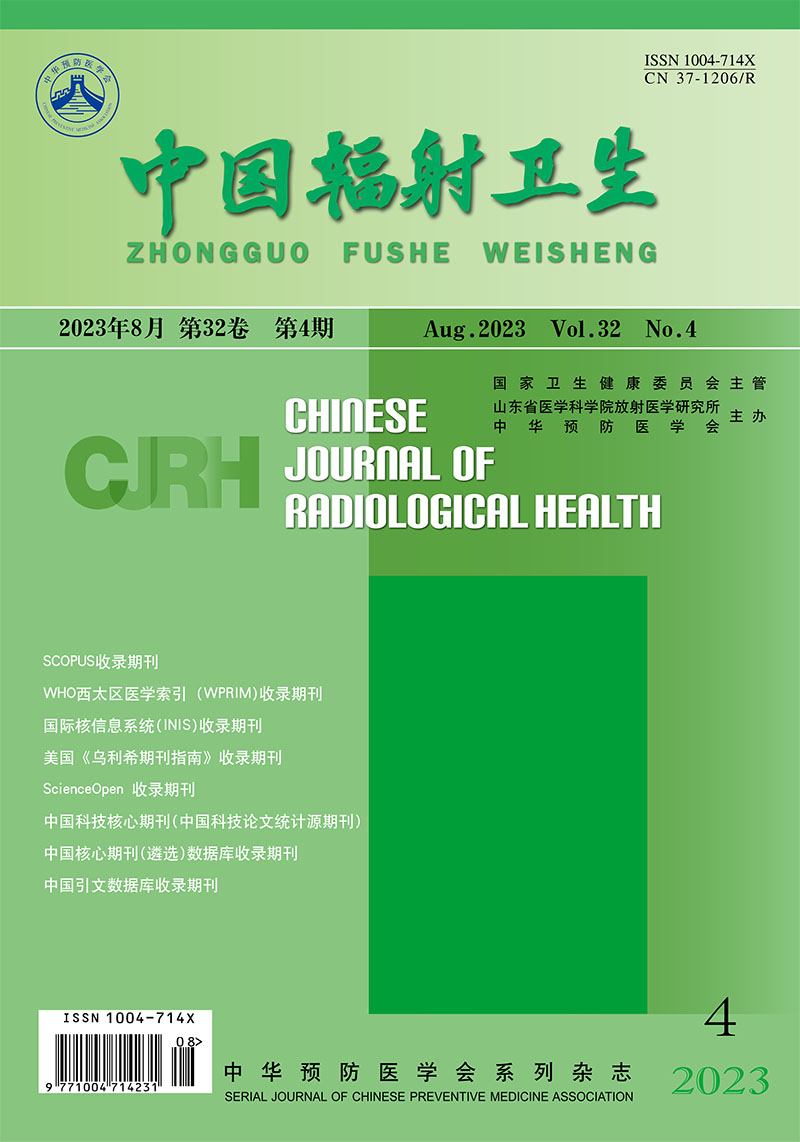CHEN Jigang, YIN Aimin, YAO Yebao, WANG Xiaoting, JIANG Dejuan, LI Qingguo, CAO Wurui, LUO Yingying, LIU Chengjun
Objective To investigate the protective effect of berberine (BBR) against ionizing radiation injury in rats and its mechanism of action. Methods Sprague-Dawley rats were divided into seven groups: normal control group, 1-Gy radiation group, 1-Gy radiation plus low-dose BBR (50 mg/kg) group, 1-Gy radiation plus high-dose BBR (150 mg/kg) group, 3-Gy radiation group, 3-Gy radiation plus low-dose BBR (50 mg/kg) group, and 3-Gy radiation plus high-dose BBR (150 mg/kg) group. All the groups except the normal control group were exposed to external irradiation with a medical electron linear accelerator, followed by BBR administration by gavage for consecutive ten days. The serum levels of superoxide dismutase (SOD), reduced glutathione (GSH), and malondialdehyde (MDA) were measured by using the micromethod. The pathological changes of the bone marrow and small intestine were observed with HE staining. Results Compared with the normal control group, the radiation groups showed significantly increased MDA levels (P < 0.05), significantly decreased SOD and GSH levels (P < 0.05), and more severe pathological damage of the bone marrow and small intestine. Compared with the radiation groups, the BBR groups showed significantly decreased MDA levels (P < 0.05), significantly increased SOD and GSH levels (P < 0.05), and reduced pathological damage to the bone marrow and small intestine, which were more marked in the high-dose BBR group. Conclusion BBR has a certain protective effect against radiation injury in rats, which may be through increasing the activity of antioxidant substances, enhancing free radical clearance, and thereby alleviating free radicals-caused oxidative damage.

